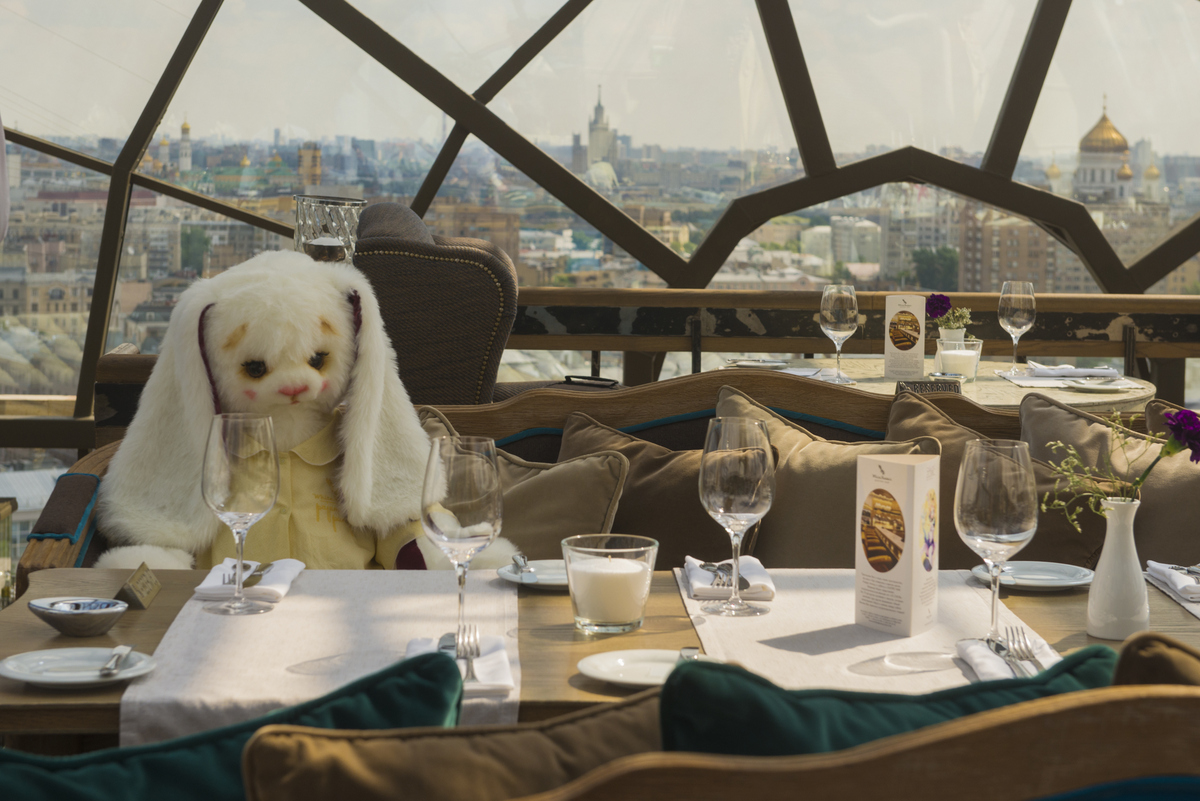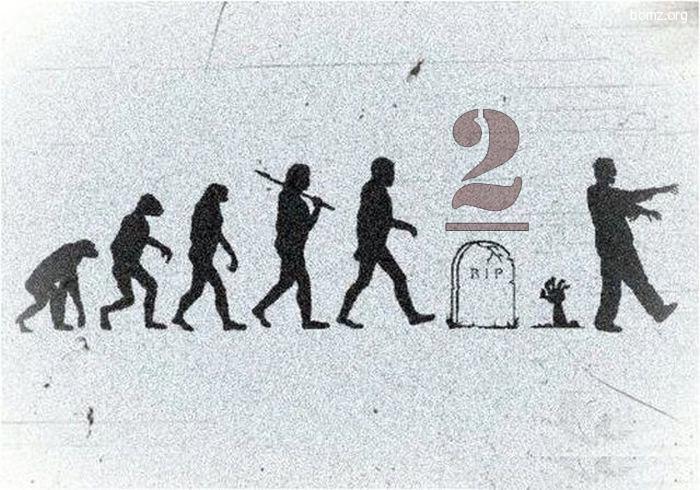The O2 lounge bar of Moscow’s Ritz-Carlton Hotel, overlooking the Kremlin, seems unusually empty on Friday night. One of the few patrons having a drink is Roman Gazin, Baron Philippe de Rothschild’s export area manager for Russia and Eastern Europe. He’s there to talk about the unprecedented crisis that’s playing havoc with Russia’s wine market.”
Market turmoil
The ruble, hit by falling oil prices, economic sanctions and geopolitical tensions over Ukraine, finally collapsed in late 2014, after efforts to shore it up failed. On 16 December 2014, Russia’s Central Bank increased interest rates from 10.5% to 17% without warning, sending the ruble into free fall, past the psychologically important exchange rate of 100 rubles per euro. The plunge had an immediate and dramatic effect: white collar workers left their posts to hurry to ATMs and withdraw their cash in euros, while others queued outside foreign exchange booths to offload rubles before its value plunged even further. The impact on the wine market was immediate.
“There’s no doubt the market has backed off,” says Gazin. “It is not going to be the same for some years.” He should know: Russia has been among the top ten markets for Baron Philippe de Rothschild during the recent years. The famous family business has been working with two established Moscow-based distributors, giving the company plenty of risk diversification and portfolio management. Growth expectations for 2014 had been high.
As market hysteria ensued, most distributors had no choice but to temporarily stop sales and enter immediate negotiations with key clients on the new situation. “We had to protect ourselves from our clients’ potentially hasty actions, like being driven into buying a lot of wine and finding themselves not able to pay later,” says Vladislav Volkov, general manager of medium-sized fine wine distributor Vinoterra. “With some of them we had to draw the line to decide if they were still clients or debtors.”
The fallout
Broadly speaking, Russian wine distributors are operating in a government-imposed and coordinated system, with margins varying from 100% to 200%. “These margins, only seemingly high, include entry payments and retro-bonuses, marketing, salaries, restaurants listing payments and logistics risks,” says Sergey Smolin, regional sales development manager at Eurowine. But despite such extravagant payments, the wine business flourished – until the end of 2013, when demand for expensive wines slowed.
In fact, most businesses could see turmoil coming long before the ‘black’ date. “While the sales of 2014 are comparable to those of 2013, our clients started to avoid super-expensive wines back at the end of 2013,” notes Alexander Khatiashvili, deputy general director at wine distributor Simple. Other importers had begun extending their portfolios with cheaper wines.
When the interest on loans made in rubles reached 30%, businesses not only found it hard to pay existing loans, but also to get them, as credit dried up. While self-funded companies were able to pay wineries up front, they asked for bigger discounts in return: this means that those brands invested in Russia now faced increased market spending but delayed returns. With sales shrinking up to 50% across the country, distributors need all the help they can get to survive – up to and including suspending payments to suppliers.
Smaller wineries and less prestigious names are going to find Russia a bumpy ride from now on. A source from one of the major wine distributors, who wants to remain anonymous, says the company has adopted the practice of paying major wineries but deferring payments to minor ones. The same source says the practice is becoming widespread, as everyone waits for a better exchange rate before they pay. Just when this “better exchange rate” will become reality is hard to predict, although the ruble did appreciate in April 2015, rising to around 55 rubles to the euro.
Most wineries will have little choice but to accept more risk, agree to suspended payments, and offer deeper discounts. The choice is simple: either back up the distributors or de facto quit the market. “We understand that we need to work much closer with our partners during this difficult period and give them as much support as possible,” says Carlos González-Gordon from González Byass.
Consumer impact
Will Russians change their drinking habits as a result of the financial crisis? Most market players believe it’s unavoidable. Wine portfolios will have to change too. “Business and private consumers are looking for smart buys. Many expensive wines are being re-evaluated and put away,” says Maxim Lesnichenko, the former CEO of wine distributor Fort. “Iconic wines will continue to sell – in lower volumes.”
Volkov of Vinoterra, admits he has no clear idea about the new pricing policies yet, but said that a number of wines had been put on hold. “We are seeking to add new wines from our current producers. Those priced €1.50 to €10.00 ($1.63 to $10.88) ex-cellar will be most attractive.”
Premium retailer Azbuka Vkusa, with 78 retail stores and its own importing division, is now seeking wines with the biggest possible margins. “We are looking to expand our offer of mid-priced wines,” says Andrey Golubkov, head of public relations. “Yet, we are also working in the premium segment and are about to offer our customer a Grand Cru Classe selection later this year.”
The realigning of wine portfolios will continue throughout 2015. “Adding new wines that meet the market demand in this situation is essential,” says Khatiashvili from Simple. Wines that are hard to sell will be cleared out, and portfolios could shrink. But it’s not just a question of loading up on cheap wines. “Switching to low-level mass-market wines doesn’t really help,” argues Volkov. “The other side of moving cheap wines is less margin and more effort to sell volumes. Financial health and the right price policy comes first these days.”
If Russian wine merchants need a lesson in financial health, they need look no further than the vivid example of Rusimport wine distributor, owned by the Mamedov brothers, which handled big brands such as J.P. Chenet. Several holding companies issued bankruptcy statements in late January 2015, citing lack of access to credit, the unfavourable exchange rate, and the stiff payment terms imposed by the retail chains. Some insiders perceive the move as a tactical one and are not expecting the company to actually close down.
Inside the importing companies, a change in approach is taking place. Most have put consumer-oriented projects on hold, while marketingdepartments have been cut – in some instances, more than 50% of staff have been let go. Some companies have been forced to source cash wherever they can find it, by dramatically reducing prices, with discounts reaching 50%. Even distributors carrying strong brands like Marchesi de’ Frescobaldi, Marqués de Riscal and Louis Roederer have to fight for customers.
And, of course, importers – such as Grandi Vini – have gone under. Surprisingly, new players also emerged in 2013 and 2014, creating new portfolios and mostly targeting the HoReCa segment. Companies like Art Wine, Clasica and Grape are notable new distributors in this segment. They focus on small-production boutique wines at lower prices, and rely on personal relations with sommeliers in Moscow and St Petersburg.
HoReCa on fire
Back in the Ritz’s lounge bar things are calm despite the tone of conversation, with the emptiness of place masked by the sounds of R&B. When asked about the restaurant market, Gazin is straightforward: “Forget about the 25-page wine lists. The wine market goes narrow.” Yet he doesn’t see a significant decrease of on-trade sales. Well, not yet. “You can’t judge the situation by the reaction of restaurants. The effect in this segment is delayed and will be noticeable in six to seven monthsʼ time.”
Even with the delayed impact the situation is focusing attention on wine management in restaurants and wine bars. High-powered restaurant groups like Ginza, Novikov and Maison Dellos inevitably have to change, and are already looking for new concepts and formats. “Restaurants go through turbulent times. At the same time, some venues are hard to get into,” says Khatiashvili from Simple.
Volkov from Vinoterra says that clients are on the move. “People who used to visit expensive venues are now moving towards democratic places – gastropubs and wine bars,” he says. “Big places with big design and PR are having troubles. People who used to go to wine bars and cheaper restaurants are consuming more wine at homes.”
With an overabundance of half-priced wines, some retailers and restaurant groups are trying to dominate the market by offering something different, pursuing better margins for themselves and at the same time trying not to scare away their clientele. High-end restaurants like those of Maison Dellos Group (including the famous Café Pushkin), are being more demanding of their wine partners and asking for better prices – and are ready to dispose of those who refuse to cooperate. Restaurants are reducing their suppliers. Newly opened Restaurant Fahrenheit and Orange-3 have been especially selective, appointing just one wine supplier each. “It’s quite beneficial for us,” says Sergey Aksenovsky, the head sommelier of the Maison Dellos Group. He explains that customers are not wine knowledgeable enough to realise that the range is limited.
Back in 2006, Simple created a fashion for wine bars when they opened their first Grand Cru, an amalgam of a bar, shop and restaurant. The initial concept quickly became a chain that spread throughout Moscow and then to St Petersburg. Today, a new independent wine bar sector is evolving, partly out of a desire of importers to control their own margins. Distributor MBG, for example, has opened ‘Bread and Wine’ wine bars with a wine selection from its own portfolio. In turn, wine outlets that were formerly pure retail have evolved their food and wine offerings. Wine distributors are now competing with their own on-trade clients.
But even wine bars are finding the new situation difficult. I Like Wine and Wine Religion are two wine bars successfully launched in Moscow in 2014, but they too have been impacted by the situation. “Our net profits have suffered a lot because of the currency rate,” says I Like Wine’s owner Vladimir Perelman. “On the other hand, our turnover skyrocketed during the months of January and February.” Luckily, I Like Wine’s business doesn’t rely on bank loans and avoids distributor obligations. While Perelman is looking for better-priced wines, the list is simultaneously being supplemented with more expensive bottles to meet the needs of the top tier of wealthier guests.
Another development possibility is for Perelman to enter into an agreement with one of the wine importers, to bring in a portfolio of wines that’s available only in his wine bars. “It’s all about controlling the wine margins,” he says, adding that he will need to open 10 more bars to get the volume he needs to secure exclusive contracts with importers.
The importance of sommeliers is also growing: restaurants are dependent on their ability to sell fast and build wine lists that will perform according to the guests’ needs.
Regional fever
For producers like Baron Philippe de Rothschild that rely heavily on national retail distribution, the currency instability has been a major headache. Gazin is particularly worried about the inconsistency of retailer strategies. “Around 70% of our sales come from retail networks,” he says. Some retailers are increasing prices, while others hang on to the pre-collapse pricing. “We cannot have our wines priced as we would rather like. Mouton Cadet can cost 850.00RUB ($16.57) in one place and 1,200.00RUB ($23.38) just across the road. It’s the same with all the major wine brands.”
Retailers continue to control the market. For years distributors have had to cope with substantial entry fees, retro-bonuses and challenging contract obligations. These tactics were tolerable while oil prices were high, but have become crushing.
Gazin and his partners have no option but to deal with the situation across the channels and the regions. What worries him most is the impact on the consumer. “We are trying to adapt to these new conditions and keep our wines in their habitual price brackets.” It’s not easy when his brand network is spread throughout Russia.
Moscow distributors look nervously at regional players’ overstock problems. Back at Simple’s office, Khatiashvili confirms that regional sales have become one of the company’s biggest risks, because of deferred payments and the uncertain financial state of local players. On the other hand, Oleg Arkhipov, who used to work in the regional departments of both Fort and Simple, believes the regional problems are in part caused by the wine distributors themselves. “Pushing regional clients to buy more has been common practice in the past five years,” he says. “Moscow distributors offered additional payments and other bonuses for those who bought more. Those with brains didn’t get into this rat race. Others now have to either go bankrupt or return the stocks.”
This hasn’t affected everyone equally. Those regional players who have been able to manage stock control and distributor relationships are thriving. The three Vinoteka Soloviova wine shops in Yekaterinburg, population 1.5m, is one small-scale business doing well, despite wine prices having risen 25% to 30%. “Unlike most local restaurants we didn’t subscribe to any sales contracts pushing us to sell specific wines or spirits,” says co-owner Semyon Soloviov. This ability to refuse seemingly attractive proposals from wine and spirits distributors seems to be the key to healthy finances. Semyon says there has been no overall decrease in sales, thanks to corporate clients and wine education programs.
The view from abroad
If things are difficult for members of the Russian wine trade, how are the producers that supply them faring? Some well-established producers with long memories have the experience of other crises to fall back on. “My experience with crises in other countries tells me that companies with a long-term approach have more chance of surviving,” says Miguel Torres of Torres. He adds that watching the political situation is now part of running a wine business in Russia. For their part, Nadia Zenato of Veneto’s Zenato winery says: “We think that dumping prices, as some producers do, is not a serious strategy. You lose your reliability in the long run.”
On the other side of the world, Yalumba also feels no urge to overreact: “As a family- run business the Hill Smiths are able to take a long term view. A small dip in shipments is not a motivator to make dramatic changes,” claims Elizabeth Schoen, European regional sales manager for Negociants International.
Martin van’t Zelfde, European regional director for Constellation Brands, is sure their Paul Masson brand will be fine in Russia: “We finished the year [2014] with more inventory than planned due to the sales results, but we have a number of orders on hand that are prepared for shipment,” he said. “Some of the feedback we receive from the market is that consumers place their trust in known brands and strong brands will get stronger.”
Predicting the future is extremely hard, but some market-watchers are willing to try. A source inside a leading wine distributor team assumes low-level clients (buying $260.00 worth of wine a month or less) will disappear from the market, while wealthier clients will continue to buy. “Expensive Burgundy and Bordeaux are still in demand.”
Sergey Smolin of Eurowine agrees that it’s unlikely the present turmoil will affect the market share of the big, established players. “Prices are chaotic and everything is changing fast, but it’s all temporary,” he says.
As Gazin finished his drink, he is optimistic. “I don’t think it will come as far as full market blockade,” he says, referring to sanctions against Russia. He does think that tensions will continue to rise for some time and the economy will be difficult for another two to three years. “Russia is a fascinating market and people like wine and brands, and are ready to try different cuisines. We will definitely not sit still and will do what we can to increase our market share.”
By Anton Moiseenko
This article appeared in Issue 2, Meininger’s Wine Business International Read the full story on Meininger’s Wine Business >>>






